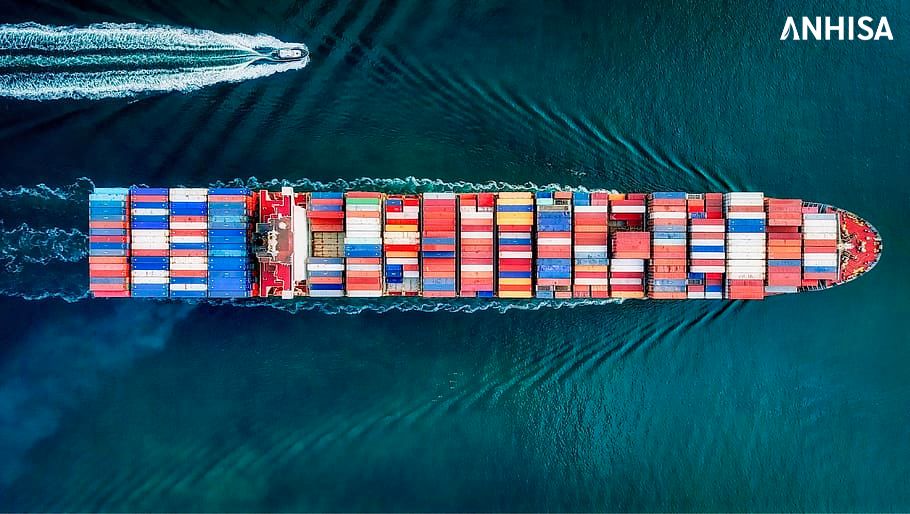The Legal Dilemma in Maritime Collisions: Applying Subsequent Remedial Measures
September 19, 2024
It was 25 years ago when I encountered a particularly challenging case—one that tested my judgment and understanding of both international law and local Vietnamese practices. The case involved a collision between a seagoing vessel and a much smaller fishing boat on the high sea. The vessel, operated by my clients, was navigating within a designated shipping lane when the fishing boat unexpectedly crossed its path, leading to a tragic collision.
The impact was catastrophic. Two crew members from the fishing vessel lost their lives, while three others sustained serious injuries. Despite the crews of the vessel acting swiftly to rescue survivors, the loss of life cast a heavy shadow over the incident. It quickly became clear that this wasn’t just another legal matter—the human cost was immense, and the emotional toll on the victims’ families and communities was palpable. The case took on a deeply personal tone for everyone involved, including my clients, the shipowner and the crew manager, who were devastated by the tragedy despite having operated within the confines of maritime law.
The Dilemma: To Act or Not to Act?
As soon as the news broke, the initial steps were standard: keep close contact with the fishing boat owner and his crews, assess liability, gather evidence, and prepare for the potential legal fallout. But this case presented an additional layer of complexity. The families of the deceaseds were grieving and in need of immediate support for funeral arrangements and medical expenses. The surviving crew members were in critical condition, requiring urgent care. The natural impulse was to help them without hesitation.
Yet, the legal implications loomed large. Vietnamese law, both at that time and still today, lacks clear guidelines on the concept of Subsequent Remedial Measures—actions taken after an incident to assist victims or prevent further harm. In many other jurisdictions, such actions are protected from being used as evidence of liability. However, in Vietnam, there remains no such clarity. Offering immediate support could potentially be construed as admitting fault and liability, exposing the clients to greater legal risks down the road.
The dilemma was clear: act with compassion and risk jeopardizing the clients’ legal standing, or refrain from offering help and risk prolonging the suffering of the victims’ families. It was a fine line to walk, and the challenge was finding a way to do the right thing without prejudicing the clients’ legal position.

Applying International Principles in a Local Context
The concept of Subsequent Remedial Measures exists to encourage responsible actions without fear of them being used against the party in courts. Internationally, such measures—like covering medical bills or funeral expenses—are typically not admissible as evidence of liability. The rationale is to allow parties to respond to the immediate needs of the victims without implicating themselves legally.
However, applying this principle in Vietnam presents a challenge. The ambiguity of the local legal system meant that even well-intentioned gestures of support could be misinterpreted as admissions of fault.
Choosing the Right Way to Navigate the Case
After careful deliberation, I decided to advise my clients to offer assistance to the families and survivors by paying the funeral expenses and medical bills in advance. The communication was crucial to ensuring that the victims’ families understood the humanitarian intent behind the support, while carefully managing the risk of it being used against the clients in any future legal proceedings.
This approach helped to shift the tone of the case. The families, though deeply affected by their loss, appreciated the support, and tensions began to ease. The relationship between the parties moved from one of potential conflict to one of understanding and cooperation.

The Results: Avoiding Long Disputes
This strategic application of Subsequent Remedial Measures, combined with clear communication, helped prevent the case from spiraling into a prolonged legal battle. What could have been a drawn-out dispute, filled with public and emotional pressure, was resolved more swiftly than anticipated. The willingness to assist the victims in their time of need fostered an environment where settlement discussions were not only possible but productive.
By acting with empathy and a clear sense of responsibility, my clients avoided the risk of a contentious legal process. The use of international principles, adapted to the local context, allowed us to navigate a complex legal landscape without prejudicing the clients’ position or reputation.
Reflection: The Intersection of Law, Judgment, and Humanity
This case served as a lasting reminder that sound legal judgment goes beyond strict adherence to the law—it requires balancing legal principles with human compassion. Offering Subsequent Remedial Measures in the face of legal ambiguity was a calculated risk, but it led to a fair resolution that respected both the clients and those affected by the tragedy.
The lesson learned here was that the best legal strategies often account for the broader human impact. Compassion and legal expertise can, and should, work together to achieve the best outcome – a principle I’ve held onto throughout my practice.
For more information, please contact:
ANHISA
Mr. Dang Viet Anh
Email: [email protected]
T: +84 28 5416 5873
M: +84 983 467070
Related posts
- TEL:
- Hanoi Office: +84 24 320 47609
- Saigon Office: +84 28 5416 5873
- HOTLINE:
- +84 (0) 939 117 398
- +84 (0) 983 488 380
